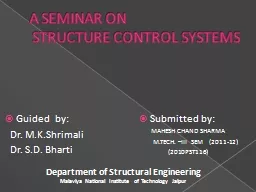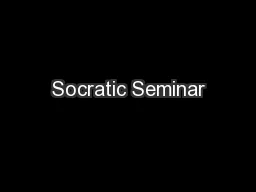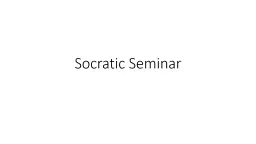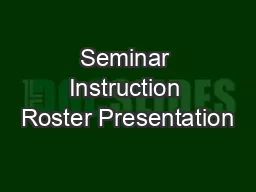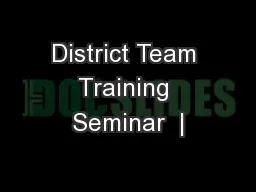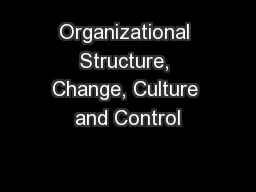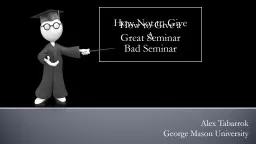PPT-A SEMINAR ON STRUCTURE CONTROL SYSTEMS
Author : tatyana-admore | Published Date : 2018-09-21
Submitted by MAHESH CHAND SHARMA MTECH III SEM 201112 2010PST116 Guided by Dr MKShrimali Dr SD Bharti Department of Structural Engineering
Presentation Embed Code
Download Presentation
Download Presentation The PPT/PDF document "A SEMINAR ON STRUCTURE CONTROL SYSTEMS" is the property of its rightful owner. Permission is granted to download and print the materials on this website for personal, non-commercial use only, and to display it on your personal computer provided you do not modify the materials and that you retain all copyright notices contained in the materials. By downloading content from our website, you accept the terms of this agreement.
A SEMINAR ON STRUCTURE CONTROL SYSTEMS: Transcript
Download Rules Of Document
"A SEMINAR ON STRUCTURE CONTROL SYSTEMS"The content belongs to its owner. You may download and print it for personal use, without modification, and keep all copyright notices. By downloading, you agree to these terms.
Related Documents

